I think it would be very difficult to do this with a single Bezier curve, it's probably better to use a NURBS or B-spline curve.
For the example images you show, you could do it with 7 control points on a cubic.
Probably a uniform cubic, with clamped/bezier end conditions. In other words, the knot vector would be ( 0, 0, 0, 1, 2, 3, 4, 4, 4 ).
To describe the control point positions, we'll call them P0..P6.
P0 and P6 would be the endpoints of the curve.
P2..P4 would be equally spaced in X between P0 and P6. That is, P2 would be 1/4 of the way, P2 would be 2/4 of the way, and P3 would be 3/4 of the way between P0 and P6, in the X dimension.
P1 would keep the curve coming straight out of the side. P1's Y value should always be the same as P0's Y value. P1's X value should be 1/3 of the way between P0 and P2.
P5 is analogous to P1, same Y value as P6 and X value is 1/3 of the way between P6 and P5.
Then just animate Y values of P2..P4 and you'll get a bouncy line that's straight at the ends.
I'm not sure if iOS has a NURBS or B-spline implementation available for use. If there's not one available, The good news is that NURBS curves can be broken down into Bezier curves. For a simple example like this, it's possible to hard-code conversion from NURBS to Bezier, without implementing a full library.




